Indigenous Governance Database
sovereignty

A Conversation with Deron Marquez
Native Nations Institute (NNI) Co-founder Stephen Cornell sits down with Deron Marquez, former Tribal Chairman of the San Manuel Band of Mission Indians (1999-2006), to discuss hot topics in Indian Country today. Subjects covered include per capita payments, Tribal disenrollment, education,…
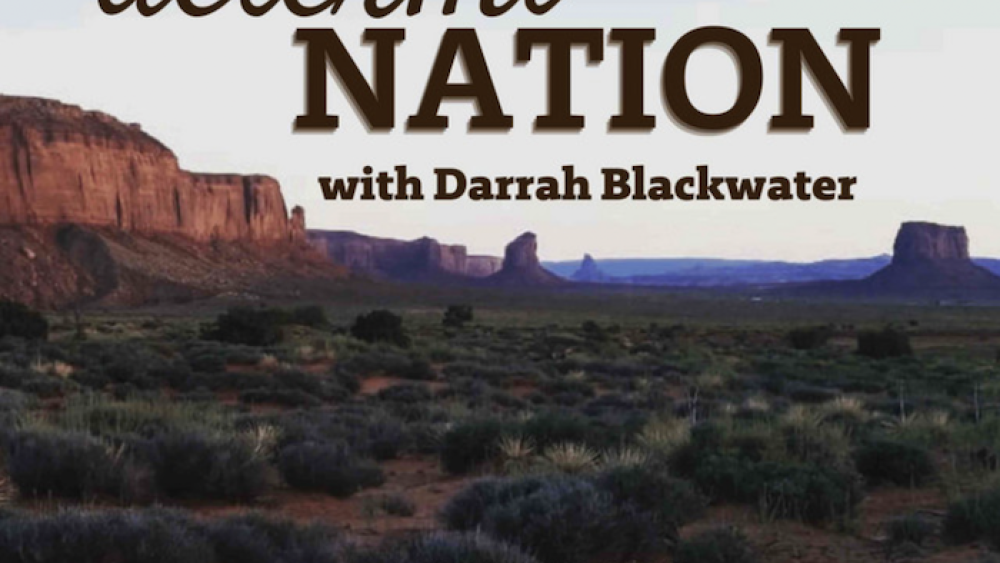
Determi-Nation podcast with Darrah Blackwater
Determi-Nation is a series of conversations with Indigenous people doing incredible things to strengthen sovereignty and self-determination in their communities.
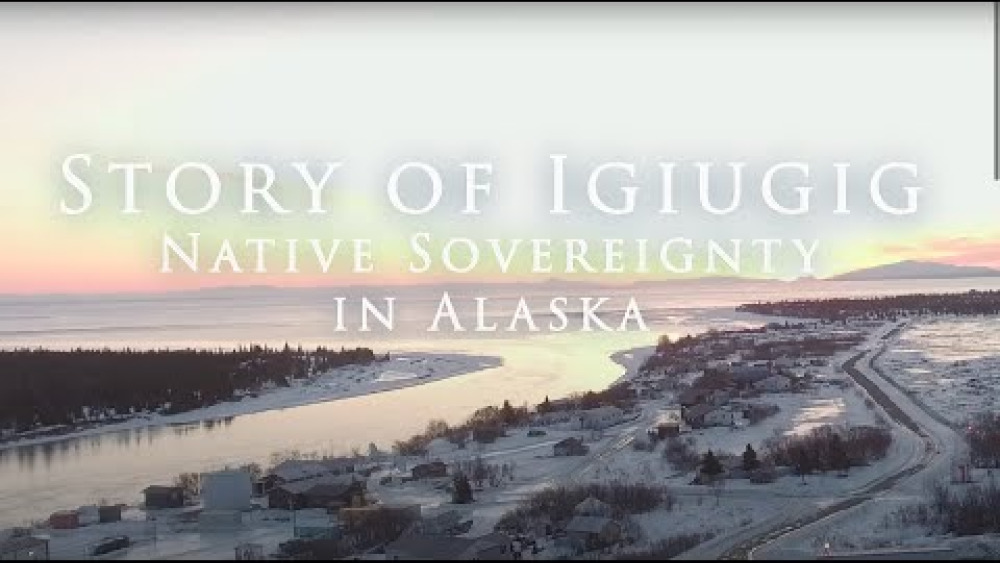
Story of Igiugig: Native Sovereignty in Alaska
This short film looks at how a sovereign Native people are planning for the future, as told through three short chapters: Chapter 1: Nunaput (Our Homelands) Chapter 2: Capricaraq (Persistence) Chapter 3: Pinarqut (Possibility)
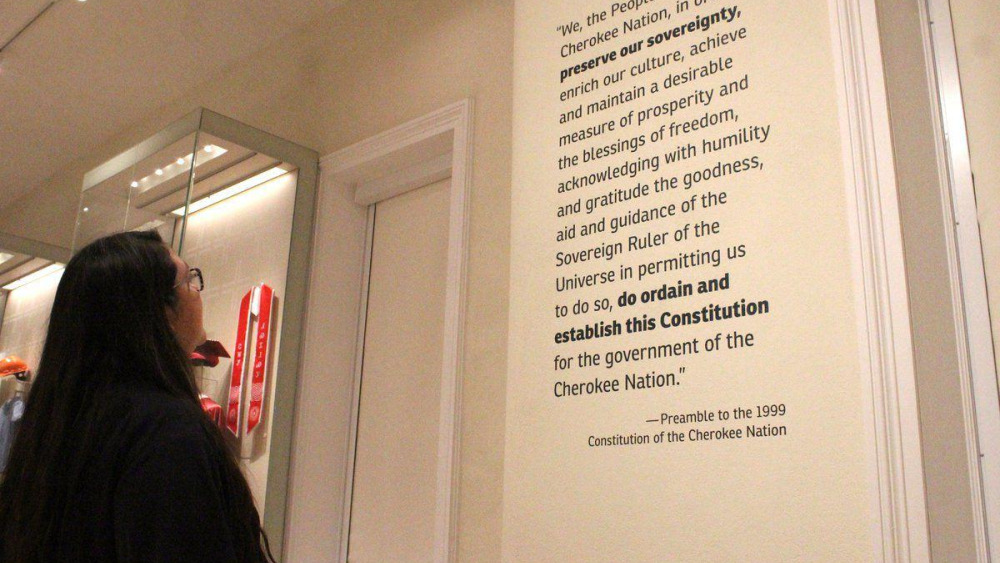
Cherokee Nation '99 Constitution Incorporated Older Ideas
Before the Cherokee Nation 1999 Constitution was ratified by voters in 2003 and recognized by the federal government in 2006, the tribe was governed under different laws that required extensive input and oversight by Cherokees when they decided to rewrite the document in 1995. Under the 1975…
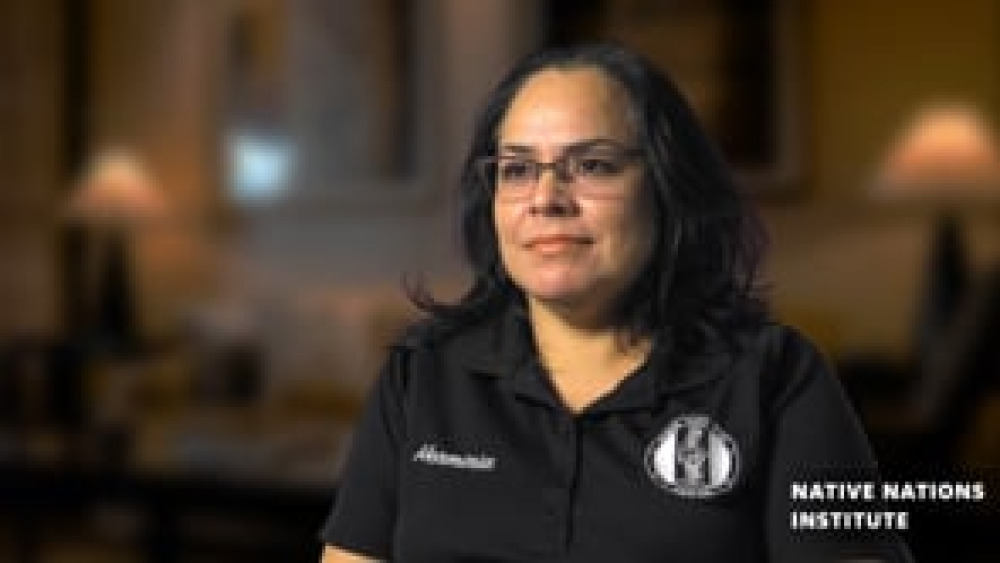
Herminia Frias: Working Toward Effective Native Leadership
For years at Pascua Yaqui Tribe, Herminia Frias has remained a consistent leader in tribal government. She became the first woman elected Chairwoman and youngest to serve the position. After a contentious term with the tribal council, she was removed from office but then immediately returned to…
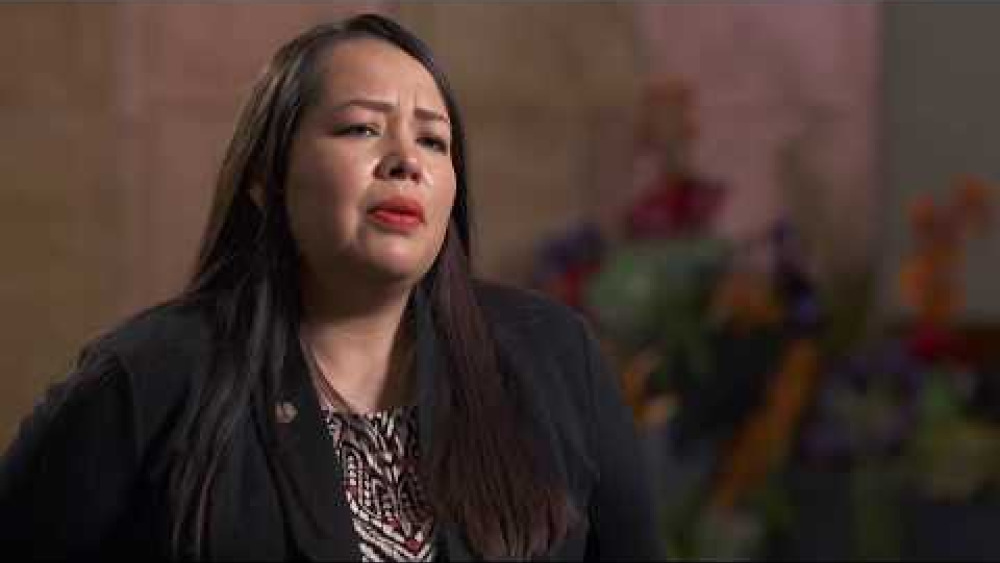
Sovereign Nations: Giving Visibility
Tribal nations have always had formal ways of self-governing. Take a closer look at local Tribes exercising their inherent rights to land, culture, and self-governance in a contemporary context. Produced in partnership with TPT-Twin Cities PBS and producer/director Missy Whiteman. Special thanks to…
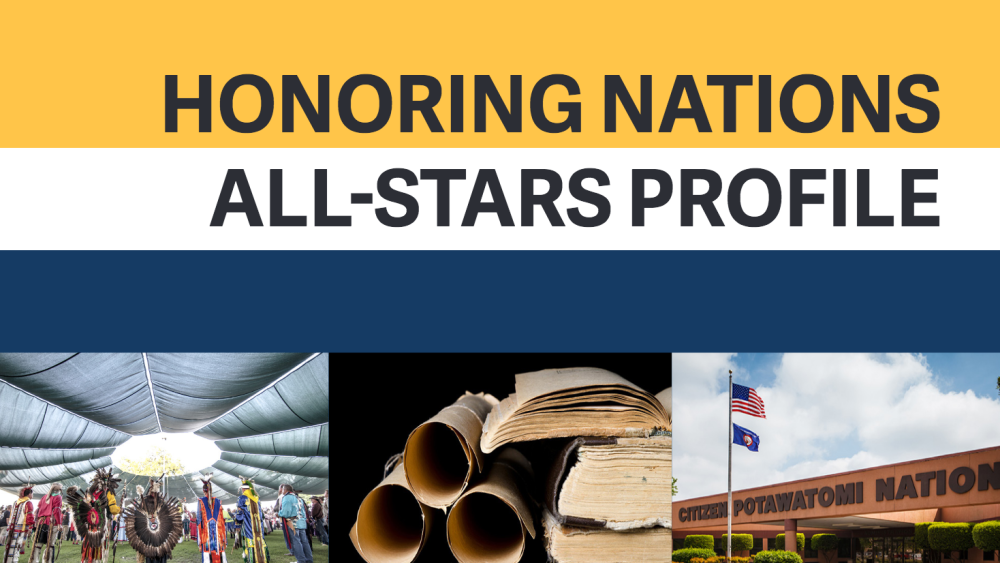
Honoring Nations All-Stars Profile: Constitutional Reform Citizen Potawatomi Nation
Forced relocations, loss of lands, and the economic necessity of moving away from home and community are common histories in Indian Country. Yet, despite these tragic circumstances, tribes continue to assert their sovereignty in order to improve the lives of their people. One of these remarkable…

Tsawwassen First Nation Constitution
Location: British Columbia, Canada Population: 328 Date of Constitution: 2007, as amended 2009
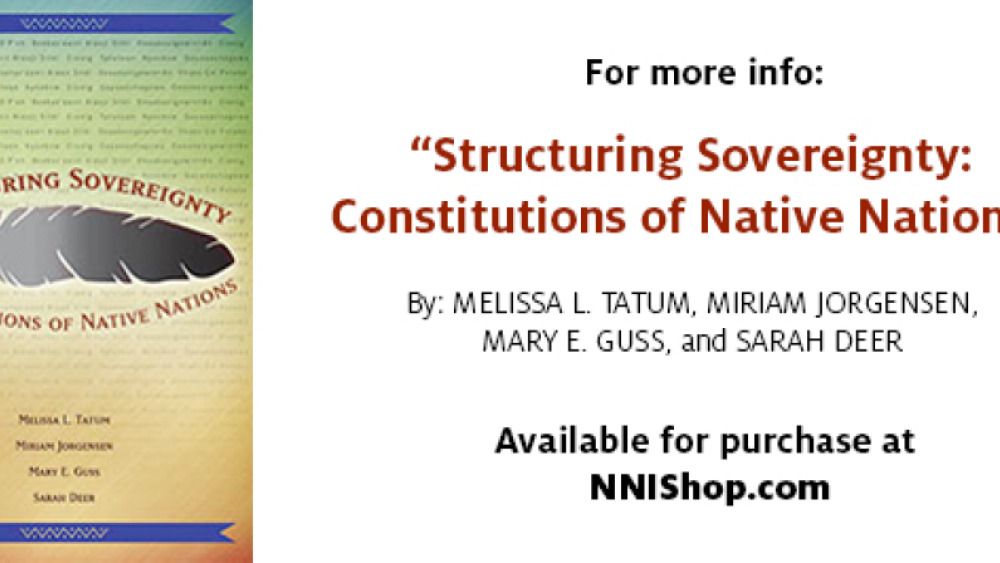
Saint Regis Mohawk Tribe Constitution
Location: Spans border between New York and Canada Population: 2700 Date of Constitution: 1995
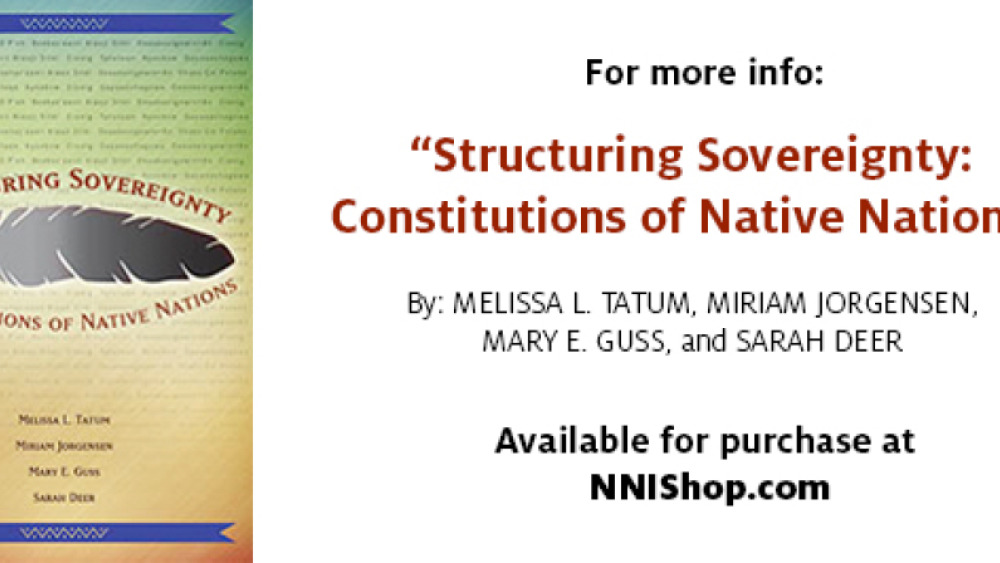
Skokomish Indian Tribe Constitution
Location: Washington State Population: 489 Date of Constitution: 1938, as amended in 1980
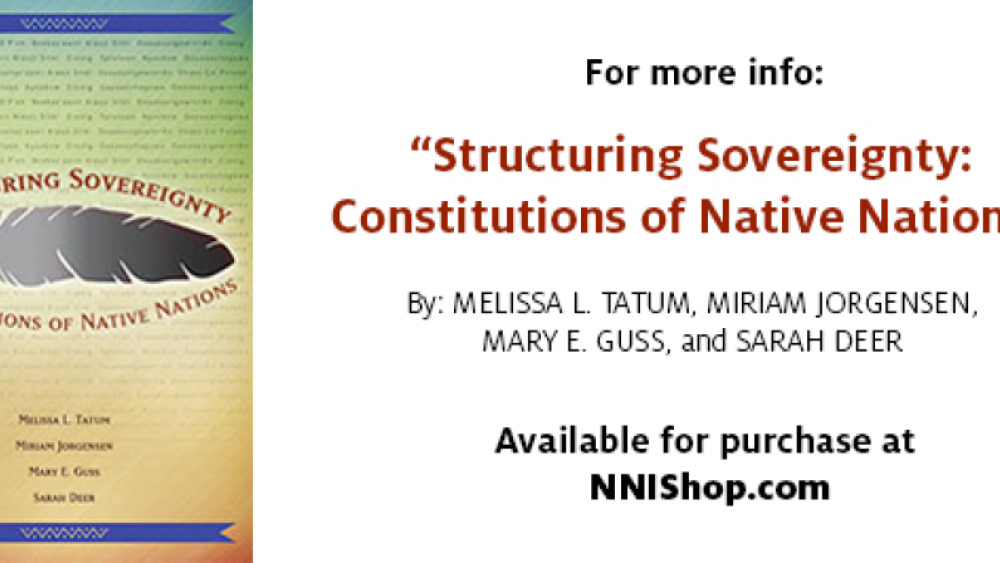
Sault Ste. Marie Tribe of Chippewa Indians Constitution
Location: Upper Peninsula of Michigan Population: 40,000 Date of Constitution: 1975
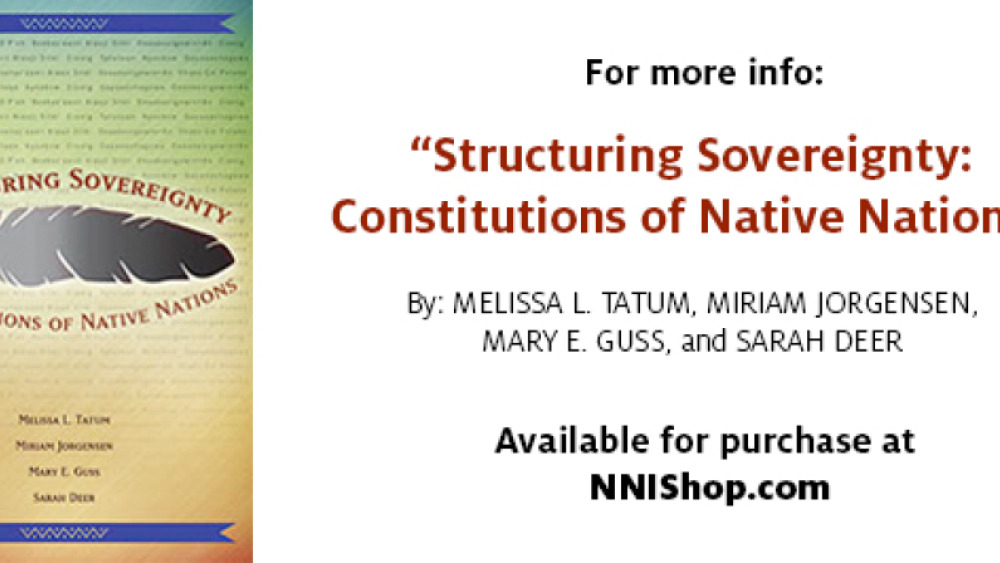
Poarch Band of Creek Indians Constitution
Location: Alabama Population: 2300 Date of Constitution: 1985, as amended 1997, 2001, 2003, 2006, 2008, 2009, 2010, 2011, and 2012
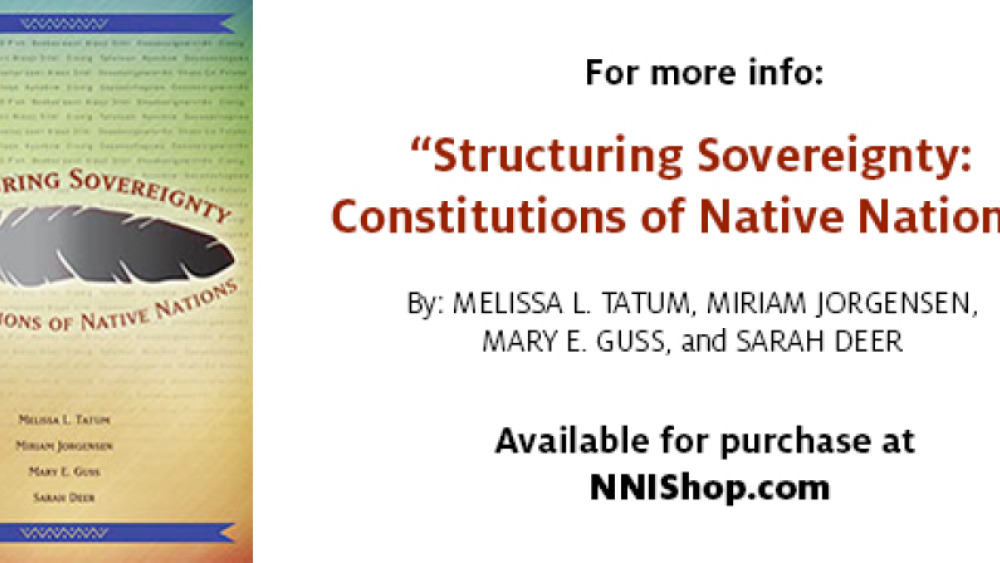
Nez Perce Tribe Constitution
Location: Idaho Population: 3500 Date of Constitution: 1948, as amended 1961, 1983, 1986, 1988, and 1999.
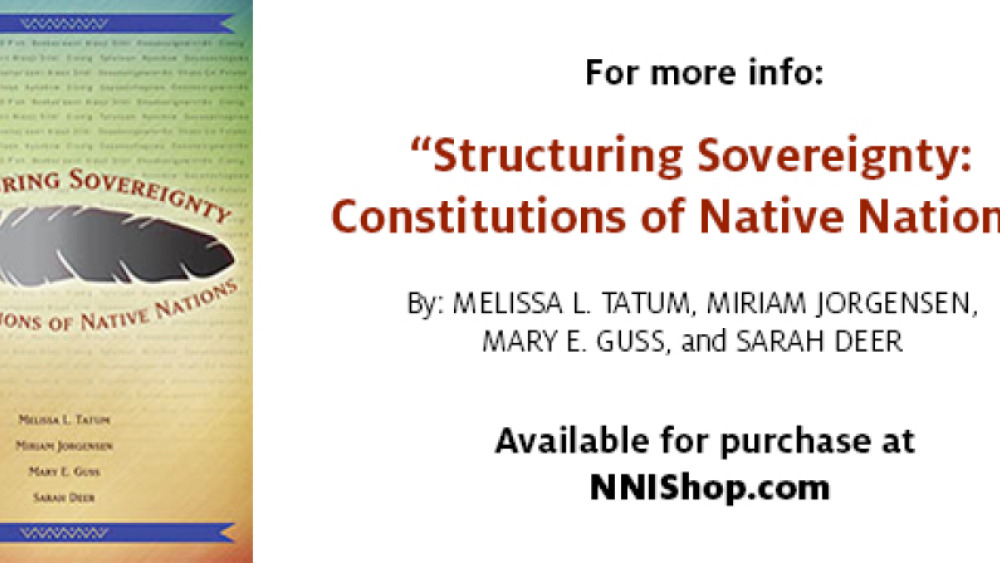
Pueblo of Laguna Constitution
Location: New Mexico Population: 3600 Date of Constitution: 1958
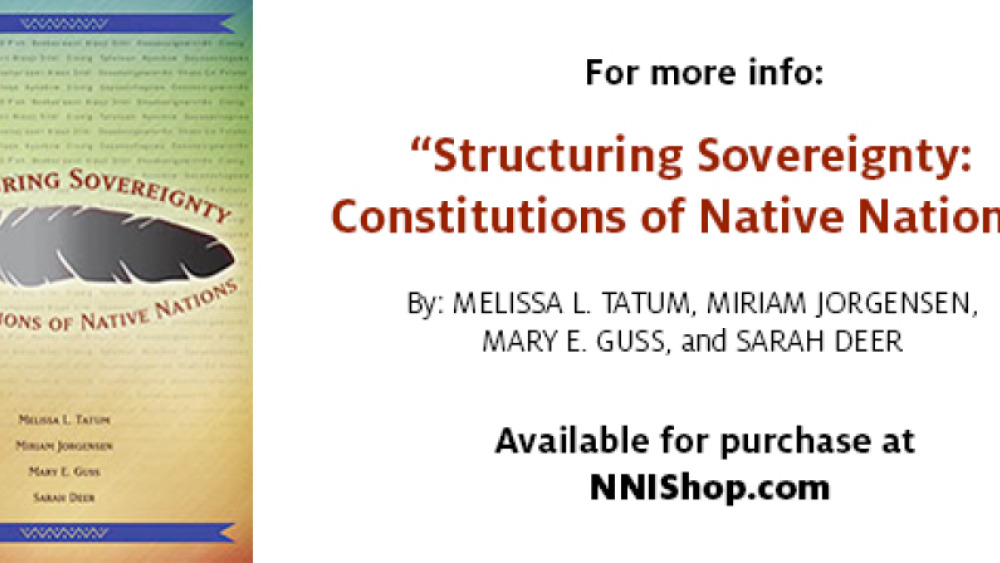
Native Tribe of Koyukuk Constitution
Location: In the western central portion of Alaska Population: 95 Date of Constitution: 1992, as amended 1994
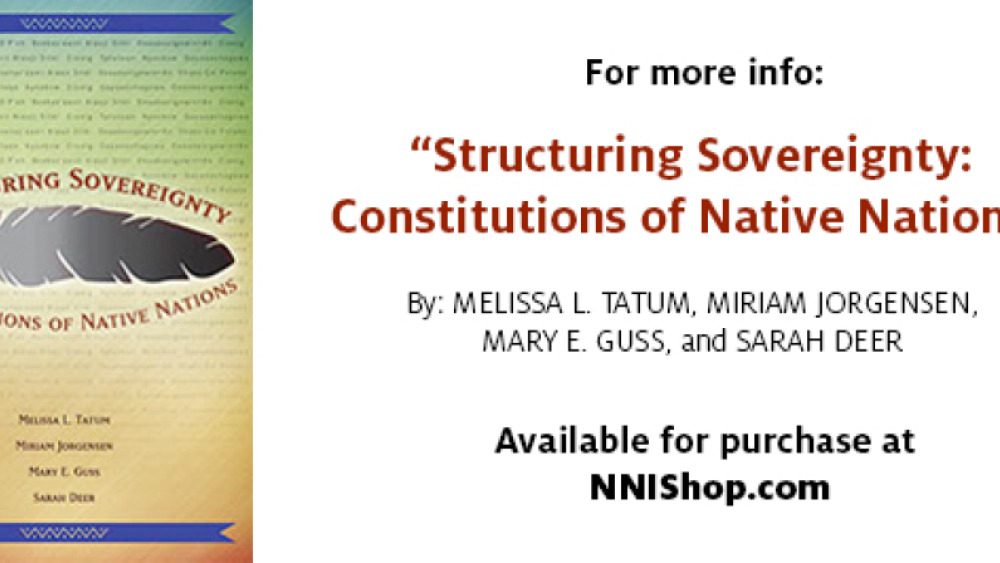
Kialegee Tribal Town Constitution
Location: Near city of Wetumka in central Oklahoma Population: 700 Date of Constitution: 1941 Date of Constitution: Originally part of Muscogee (Creek) Nation
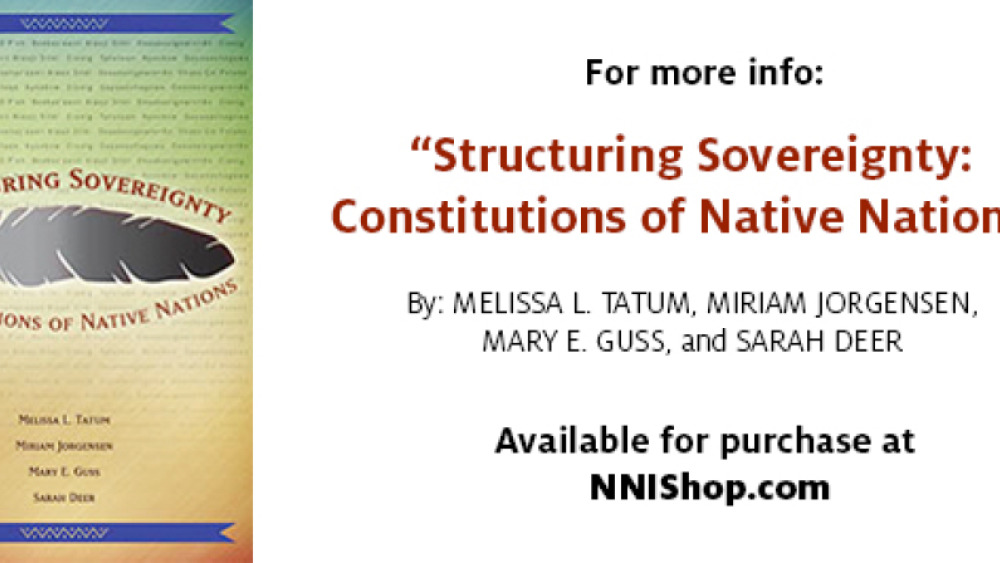
Key First Nation Constitution
Location: Saskatechewan, Canada Population: 1114 Date of Constitution: 2004

Kaw Nation Constitution
Location: North central Okahoma Population: 3,126 Date of Constitution: 2011
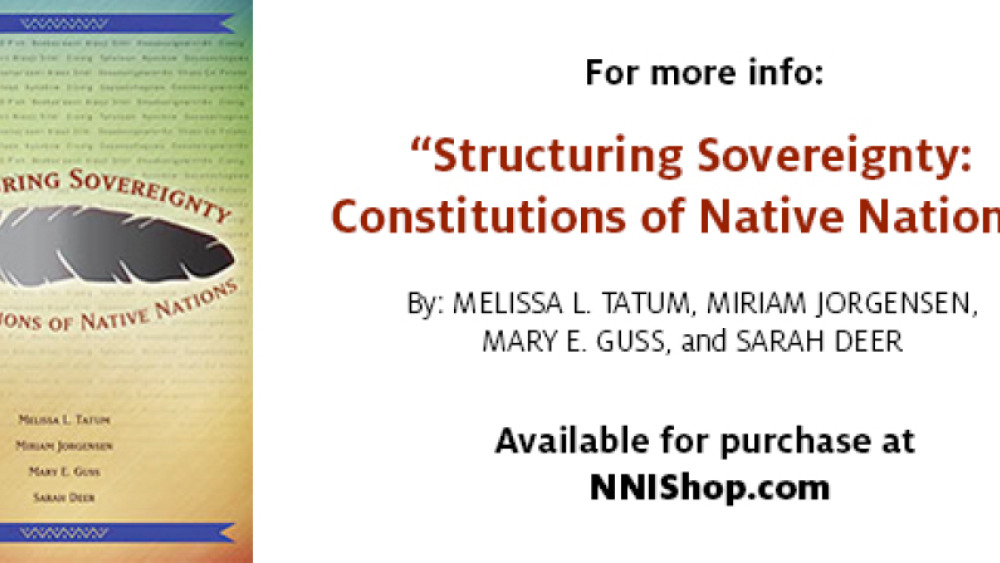
Huu-ay-aht First Nations Constitution
Location: British Columbia, Canada Population: 684 Date of Constitution: 2007
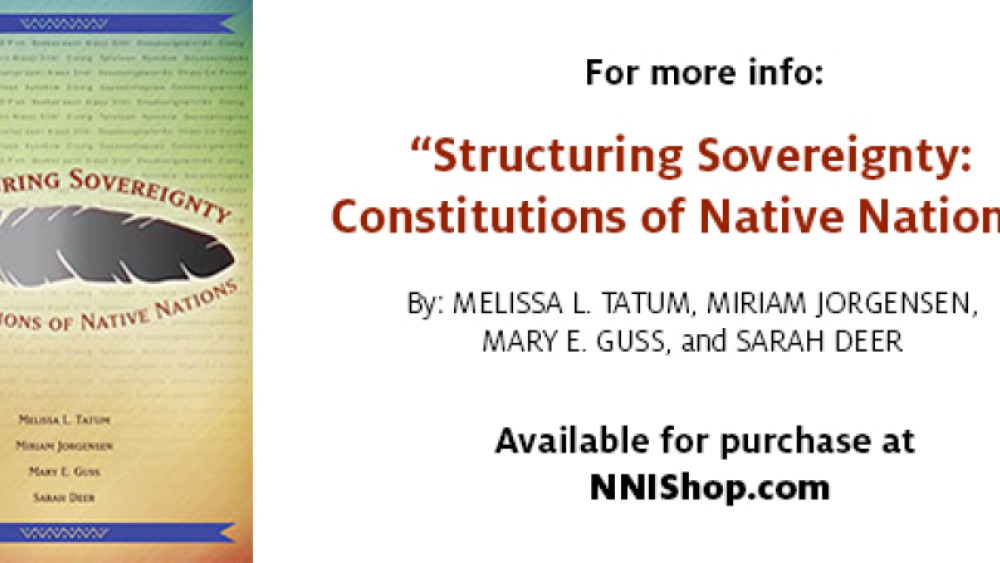
Native Tribe of Huslia Constitution
Location: in the western portion of Alaska Population: 315 Date of Constitution: 1992, as amended 1995
